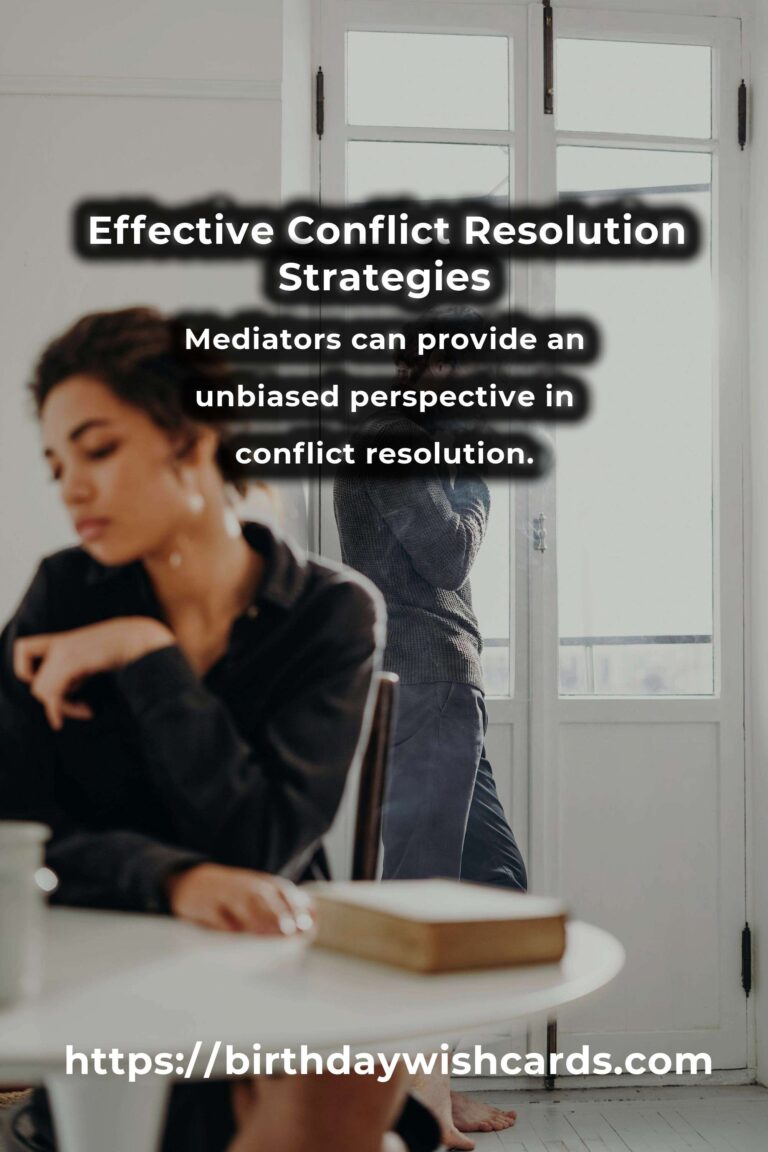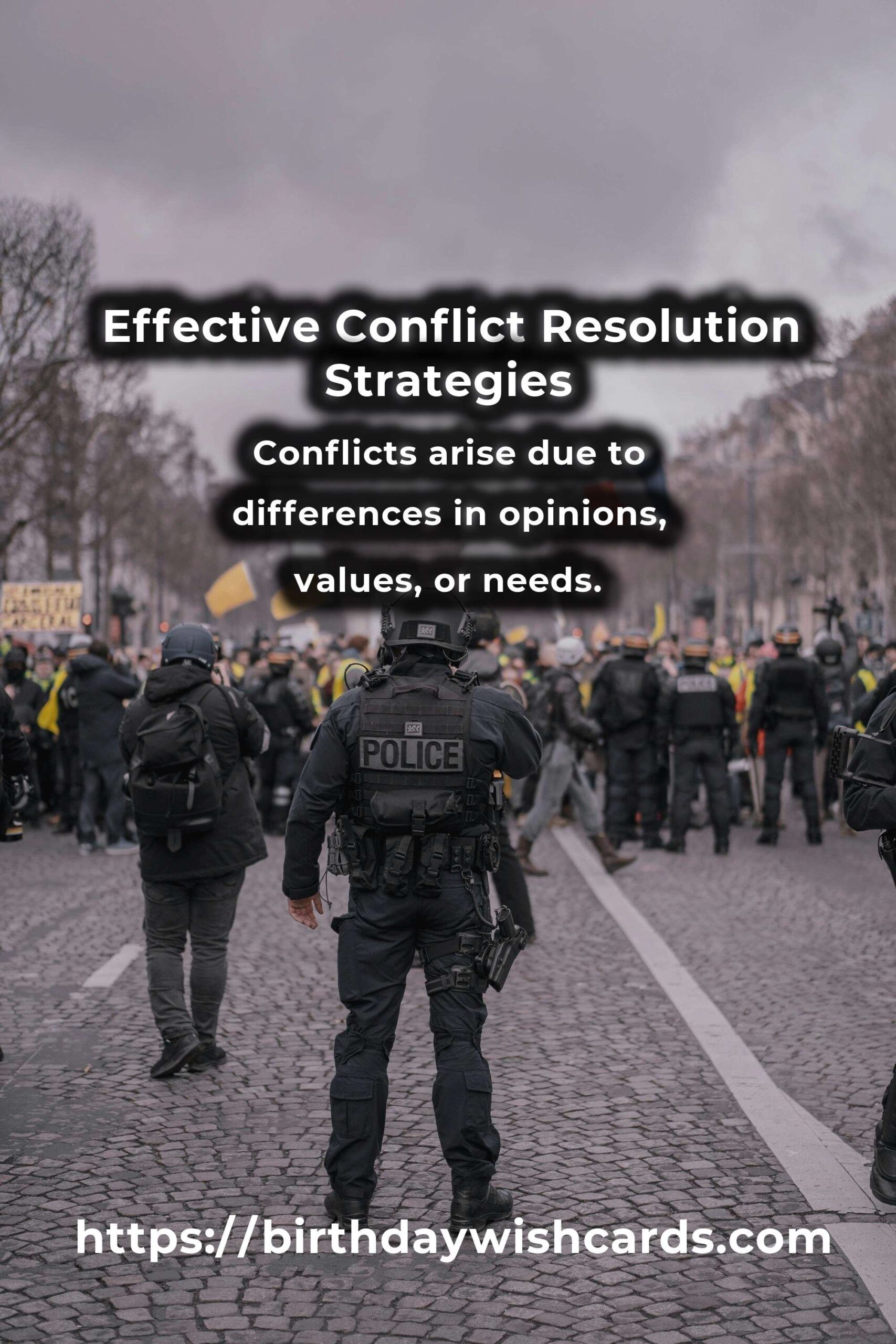
Conflict resolution projects are essential in maintaining harmony and productivity in various settings, including workplaces, communities, and interpersonal relationships. Effectively managing conflicts can prevent escalation and promote understanding among parties involved. This article explores comprehensive strategies for successfully navigating and resolving conflicts.
Understanding the Nature of Conflict
Before delving into conflict resolution strategies, it’s crucial to understand the nature of conflict. Conflicts arise due to differences in opinions, values, or needs. They can be classified into various types, such as interpersonal, intrapersonal, organizational, and community conflicts.
Interpersonal conflicts occur between individuals, often due to personality clashes, competition, or miscommunication. Intrapersonal conflicts are internal struggles within an individual, often involving conflicting desires or values. Organizational conflicts arise within a company or institution, typically over resources or policy disagreements. Community conflicts involve larger groups, often stemming from cultural or societal differences.
Key Strategies for Conflict Resolution
Effective Communication
One of the most important strategies in conflict resolution is effective communication. This involves actively listening to all parties involved and ensuring that everyone has the opportunity to express their viewpoints. Clear and respectful communication can help de-escalate tensions and foster a collaborative environment.
Empathy and Understanding
Empathy plays a critical role in conflict resolution. By understanding the feelings and perspectives of others, parties involved in a conflict can find common ground and work towards a mutually beneficial solution. Practicing empathy can also help de-escalate emotions and reduce hostility.
Focusing on Interests, Not Positions
In conflict resolution, it’s essential to focus on underlying interests rather than rigid positions. By identifying the core needs and desires of each party, solutions can be tailored to satisfy those interests, leading to more sustainable resolutions.
Problem-Solving Approach
Adopting a problem-solving approach involves identifying the root cause of the conflict and collaboratively developing solutions. This strategy encourages creativity and cooperation among involved parties, leading to innovative and effective outcomes.
Mediation and Facilitation
In some cases, involving a neutral third party can be beneficial. Mediators or facilitators can provide an unbiased perspective and help guide the conflicting parties towards a resolution. They can also ensure that the process remains constructive and focused on resolution rather than blame.
Implementing Conflict Resolution Projects
Implementing a conflict resolution project involves several key steps. First, it’s essential to clearly define the goals and objectives of the project. This includes understanding the specific conflicts to be addressed and the desired outcomes.
Next, gather relevant data and information to understand the context and dynamics of the conflict. This can involve interviews, surveys, or direct observations. With this information, develop a tailored plan that incorporates appropriate strategies and tools for resolution.
During the implementation phase, it’s crucial to maintain open communication and involve all stakeholders. Regular check-ins and feedback sessions can help ensure the project stays on track and adapt to any changes in circumstances.
Finally, evaluate the effectiveness of the conflict resolution project. This involves assessing whether the goals and objectives were met and identifying any areas for improvement. Continuous evaluation can help refine strategies and enhance future conflict resolution efforts.
Conclusion
Effective conflict resolution projects require a combination of communication, empathy, and strategic planning. By understanding the nature of conflicts and employing targeted strategies, it is possible to transform potentially disruptive situations into opportunities for growth and collaboration. Implementing these projects successfully can lead to improved relationships, increased productivity, and a more harmonious environment.
Conflict resolution projects are essential in maintaining harmony and productivity. Conflicts arise due to differences in opinions, values, or needs. Effective communication is crucial in conflict resolution. Empathy plays a critical role in conflict resolution. Focusing on interests rather than positions leads to sustainable resolutions. Mediators can provide an unbiased perspective in conflict resolution. Implementing a conflict resolution project involves defining goals, gathering data, and involving stakeholders. Effective conflict resolution projects lead to improved relationships and increased productivity.
#ConflictResolution #EffectiveCommunication #Empathy #Mediation #ProblemSolving

